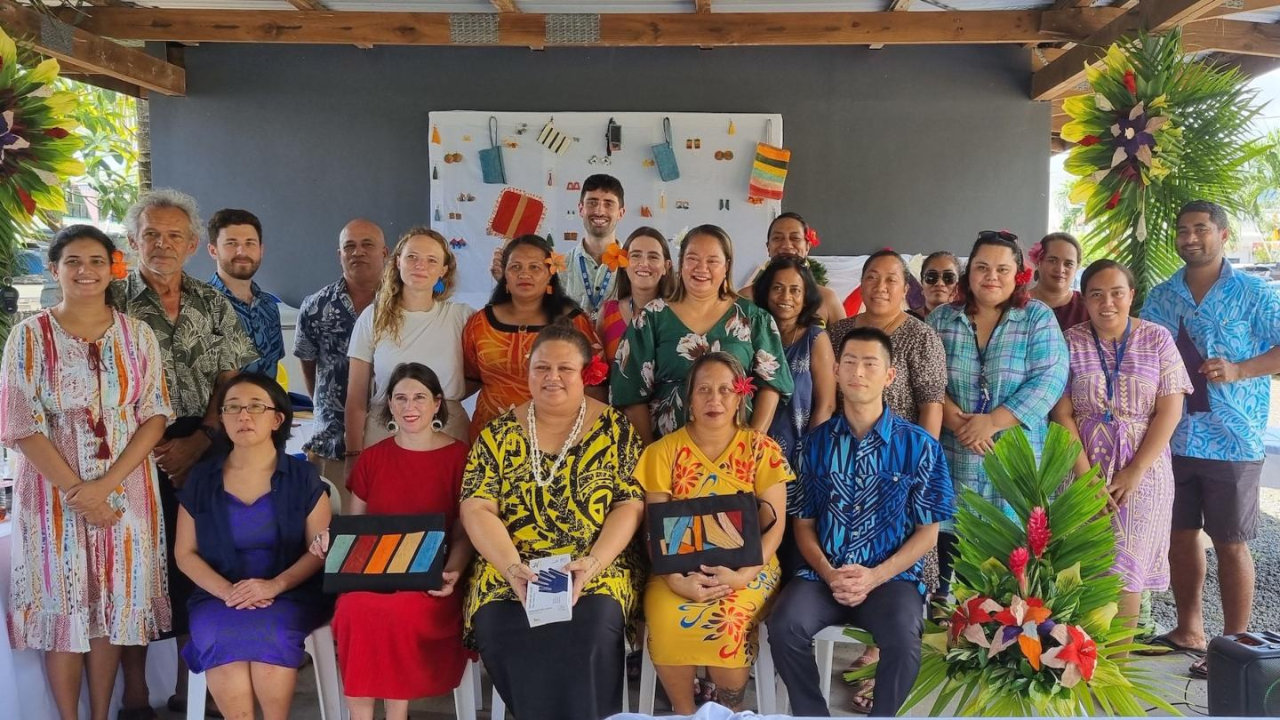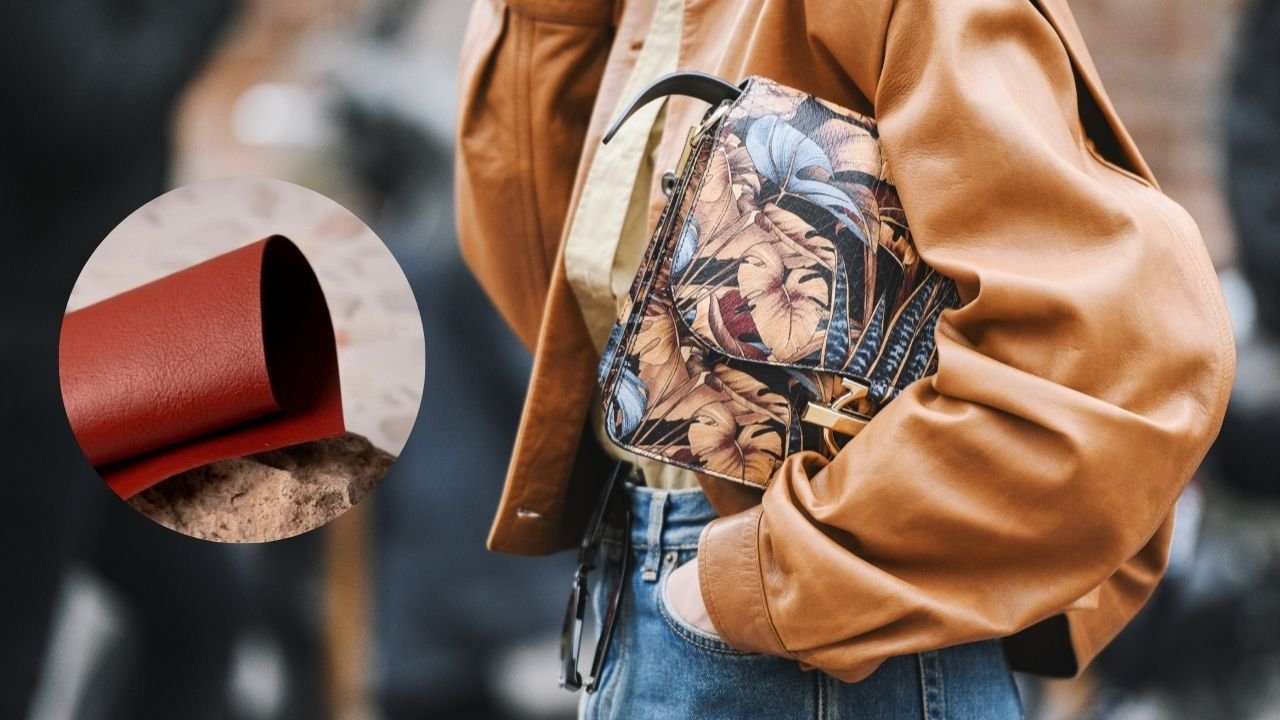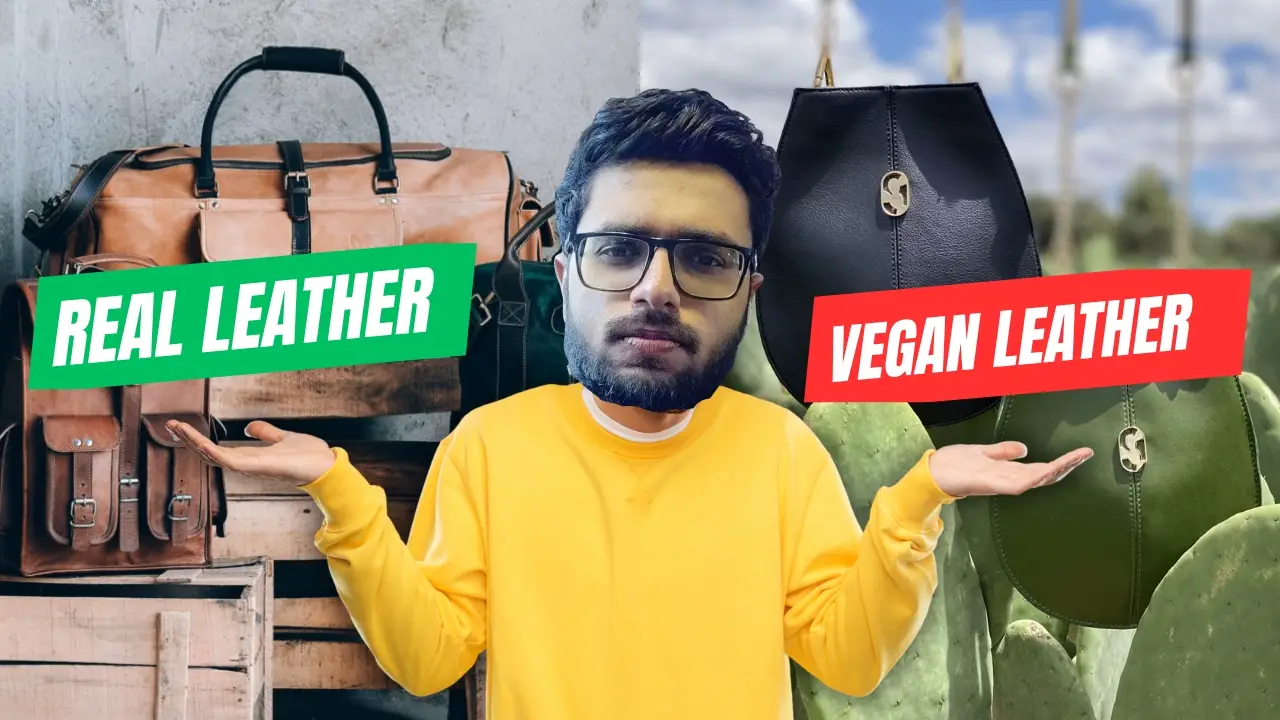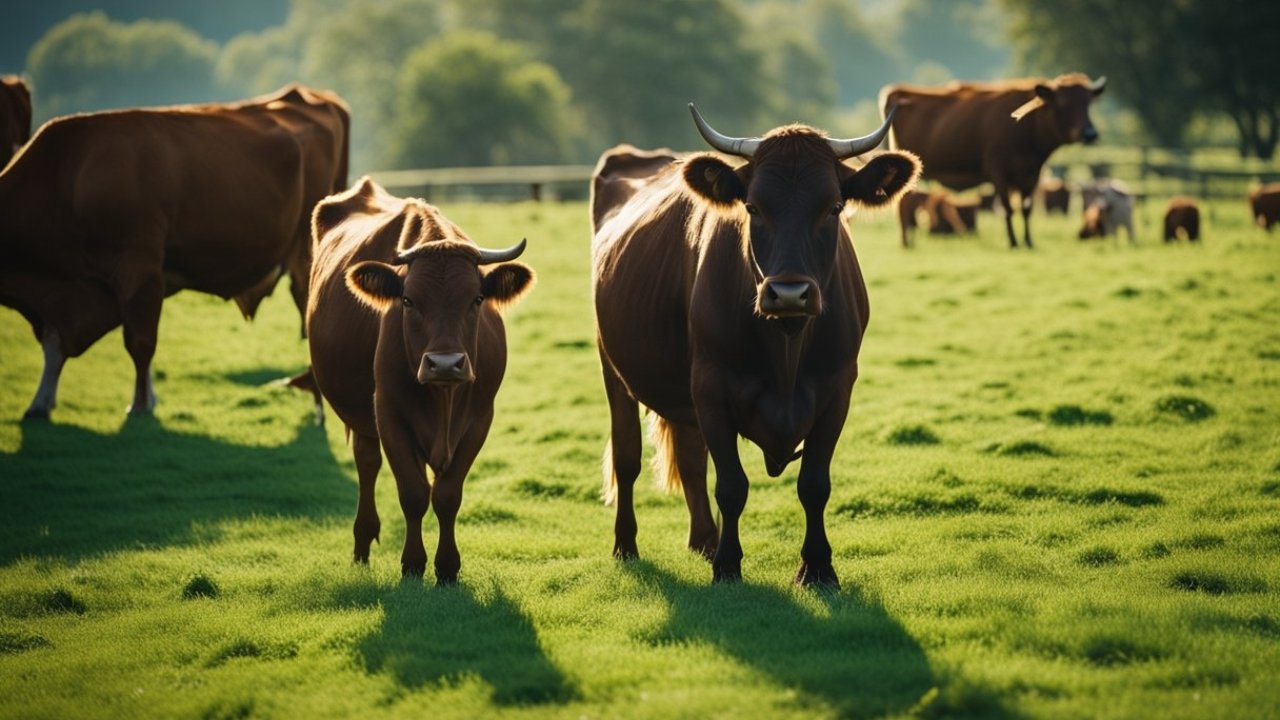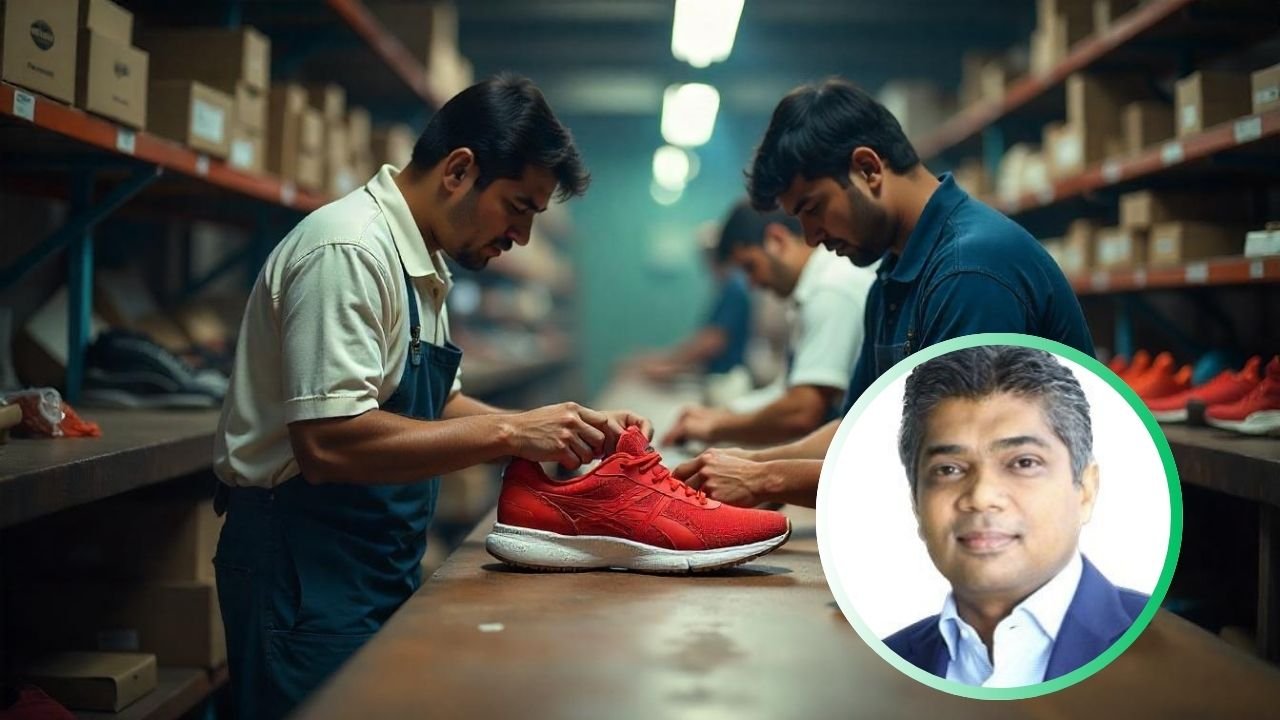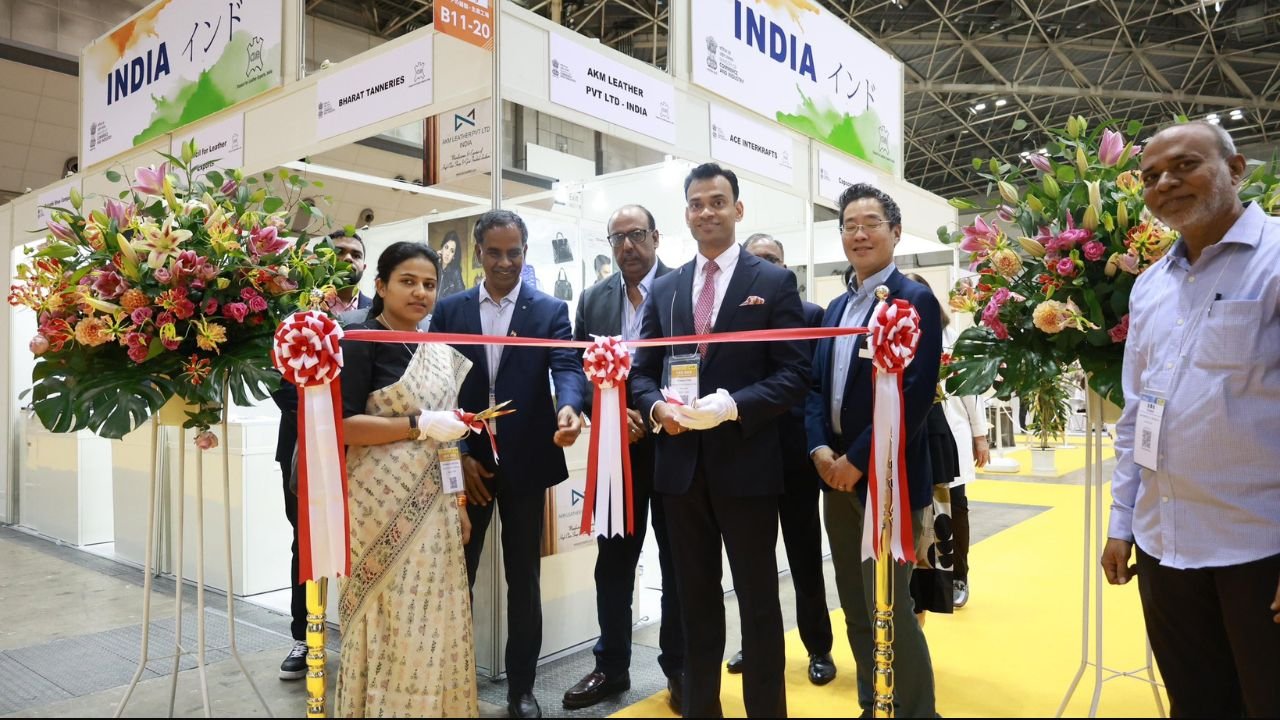A groundbreaking experiment, known as the 100% Fish Use project, has successfully transformed discarded fish skin into sustainable fish leather and leather products. Spearheaded by the United Nations Development Programme (UNDP), this initiative was unveiled today at the ‘fish hub’ at Taufusi, showcasing a promising solution to environmental and economic challenges faced by Pacific island countries like Samoa.
The oceans surrounding Samoa are teeming with resources, with fish serving as a vital source of sustenance and economic stability. However, the escalating threats of climate change, pollution, and overfishing jeopardize both ocean ecosystems and livelihoods. In response to these pressing issues, UNDP has been steadfast in its support of the Government of Samoa, striving to strike a balance between ocean conservation and community welfare.
The UNDP’s Accelerator Lab (AccLab), an innovation powerhouse, proposed novel solutions aimed at diversifying ocean-dependent livelihoods while promoting the conservation of marine environments. Recognized for its potential impact, AccLab Samoa clinched the prestigious 2023 Japan SDG Challenge, backed by the Cabinet of Japan.
Teaming up with Think Sea Corp (Tototo), a Japanese firm specializing in fish leather production, AccLab Samoa embarked on a series of experiments to convert locally available fish skin into premium-quality leather. Through comprehensive training sessions led by master trainers Ane Lesa and Viena Siaosi from the Samoa National Youth Council, communities were equipped with the skills necessary to engage in low-cost leather production, fostering entrepreneurship at the grassroots level.
| “Through our experimentation with the fish leather process, we’ve gleaned valuable insights and lessons. This low-cost, low-tech solution holds immense potential for adoption at the household or community level. The introduction of fish leather injects fresh vigor into Samoa’s handicrafts market. Overseas, fish leather enjoys popularity and could emerge as a lucrative export commodity for Samoa,”
remarked Verena Linneweber, UNDP Deputy Resident Representative.
Local entrepreneur Agnes Fruean of This n That, and proprietor of the Tavai brand, wasted no time in putting this innovative process to the test, achieving resounding success. She has seamlessly integrated fish leather into her range of handcrafted bags.
“This venture holds tremendous promise for local entrepreneurs. While a modest capital investment is required initially, the potential for growth is substantial. Fish leather represents a premium product with global appeal.
Domestically, it may start as a niche market, but its trajectory is undoubtedly upward. Nearly all the essential materials can be locally sourced, making it an ideal opportunity for youth entrepreneurs or women in rural communities seeking additional income streams for their families,” affirmed Ms. Fruean.
UNDP’s experimental approach serves as a catalyst for gauging cultural acceptance, economic viability, and operational feasibility, shedding light on both challenges and opportunities.
Key takeaways include:
- The feasibility of widespread adoption at the grassroots level,
- Bolstering Samoa’s handicraft sector and
- Paving the way for potential expansion into new export markets.
However, hurdles such as the availability of processing agents and the seasonality of fish waste necessitate further deliberation.
As the curtain falls on the Japan SDG Innovation Challenge, UNDP eagerly anticipates incubating this groundbreaking concept within its circular economy portfolio. The documented fish leather production process will be disseminated among interested parties, fostering collaboration aimed at refining and scaling up this innovative solution.
Conclusion:
The transformation of discarded fish skin into sustainable leather products marks a significant stride towards addressing environmental and economic challenges in Samoa. With its potential to empower local communities and open new avenues for economic growth, this innovative endeavor underscores the importance of embracing sustainable practices to safeguard our planet’s future. As stakeholders continue to collaborate and innovate, the journey towards a more resilient and prosperous Samoa takes a promising turn.



